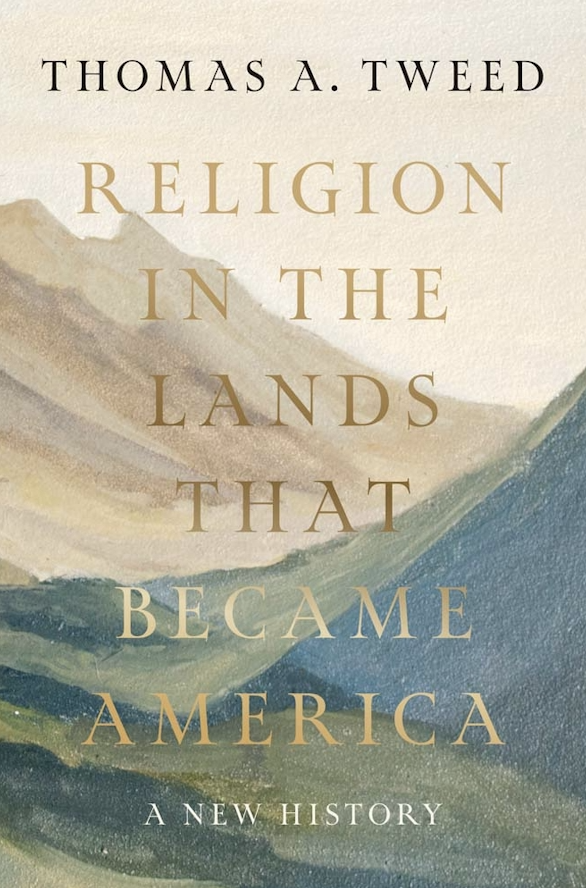Because our current conception of American society needs a makeover, Tweed argues, we might consider the Horn Shelter as the earliest instance of religion in what is now the U.S. He notes that even “the unity/diversity motif can’t overcome the embedded implication: there are insiders and outsiders in US religious history.” So Tweed has a different way of framing religion. It is composed of two key components: crossing, or moving, and dwelling, or place-making. (He previously theorized this conception of religion in his 2008 book Crossing and Dwelling: A Theory of Religion.) The burials at the Horn Shelter are thus the first archaeologically recorded instance of people on the continent of North America engaging in religion: a moving people staying in one place to make a burial site, participating in a communal ritual observing life and death.
This definition of religion as crossing and dwelling circles around institutionally recognized forms of religion and reframes movements and phenomena in popular U.S. history through “quasi-religious” frameworks. “Foraging religion” is the movement of early hunter-gatherers, which became “farming religion” as peoples settled and formed societies. The invasion of European “imperial religion” led to the imposition of “plantation religion” on the American landscape. With the construction of factories came “industrial religion,” and in response to U.S. hegemony came movements of “countercultural religion.” People need not be religious to find themselves participating in these religions. If American religious history can be organized through the schema of moving and staying in place, people have been and will be making religious meaning in order to cultivate sustainable lives for themselves and others. Religion has always been at play in history, which has “spiritual origins and ecological significance.”
Some of these religious forms—what Tweed calls colonial eco-cultural niches—are so focused on profit that they are ecologically harmful and wildly unsustainable. Rather than take for granted the traditionally recognized periodization of American history—the American Revolution, antebellum, the Civil War, and so on—Religion in the Lands That Became America is framed through “crises of sustainability.” The first sustainability crisis occurred circa 1140-1350 in Greater Cahokia (in the Central Mississippi Valley) and Chaco Canyon and Mesa Verde in the San Juan Basin, where ancestral Indigenous communities were concentrating into densely populated cities. Climate change, migration, and extensive hierarchical agriculture destabilized these centers, making them unsustainable. This resulted in their decline.
The next three sustainability crises are periods readers are likely familiar with: the Colonial Crisis begins with the first European settlement at St. Augustine and ends with the Declaration of Independence in 1776. Watt’s invention of the improved steam engine at this time is the hinge technological development that takes us into the Industrial Crisis, Tweed’s descriptor for the industrial period. The Great Acceleration is what we have been in since the 1950s, a crisis marked by the globalization of industry and increasingly intensifying ecological devastation. All three of these crises, says Tweed, are unresolved.
